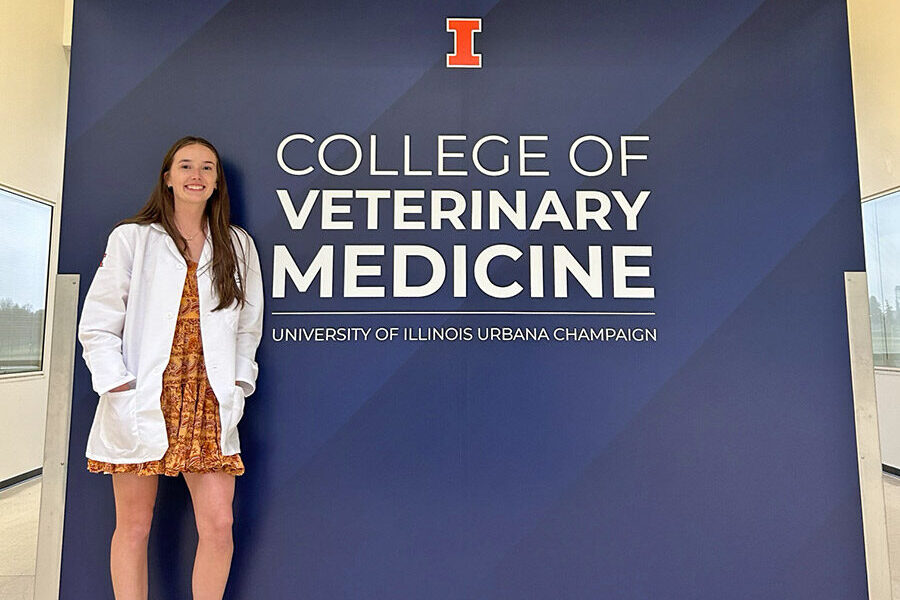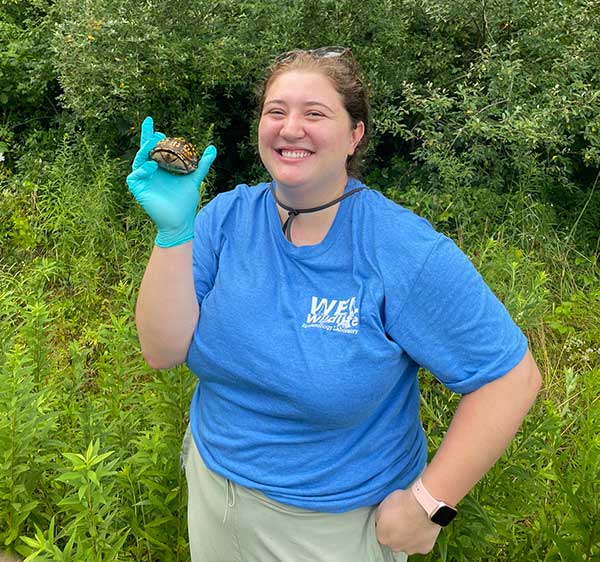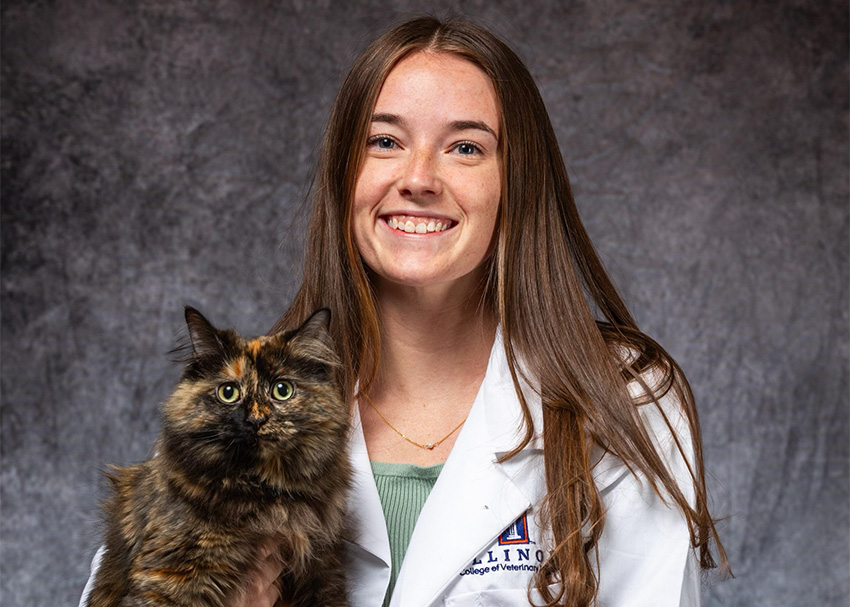Osteoarthritis can affect any horse, at any age
When you picture a horse with arthritis, what comes to mind? Is it an older, wizened, retired horse with a sway back plodding along in a field? A 10-year-old Warmblood dressage horse who has performed well but is having difficulty moving up to the next level? Or a 5-year-old barrel racing Quarter Horse who isn’t making the times he was before?
The reality is that any one of these horses could be affected by arthritis, causing lameness, performance limitation, and decreased quality of life. Perhaps the most common cause of lameness in horses, arthritis – more properly termed osteoarthritis or “OA” – is a progressive, degenerative disease that can affect any horse, at any age.
Osteoarthritis is a multifactorial disease, in which abnormal forces or trauma affect the normal function of the joint, resulting in the degradation and destruction of articular cartilage over time. While there is no “cure” for osteoarthritis, there are a variety of treatments available, and research is ongoing as we strive to find ways to delay progression of disease and improve soundness, so our equine athletes may have longer, more comfortable careers.
Function of the Healthy Joint
To better understand osteoarthritis and the treatment options available, let’s consider the normal anatomy and function of a healthy joint. A joint is where two or more bones come together to allow for movement and shock absorption. Horses have three different types of joints.
- Synovial joints account for most of the joints in the horse’s body. These joints allow for different degrees of movement, depending on the shape of the joint and surrounding tendons and ligaments. “Hinge” joints allow for primarily flexion and extension; these make up the majority of equine synovial joints, including the fetlocks, knees, and hocks. “Ball and socket” joints like the hip and shoulder, on the other hand, allow for a greater degree of movement and rotation.
- Fibrous joints are less common and do not allow for movement between bones, such as the joints between the bones of the skull.
- Cartilaginous joints make up the final category, occurring where bones are connected by cartilage to allow limited movement and shock absorption. The joints between the vertebrae of your horse’s spine, for example, are cartilaginous joints.
Osteoarthritis can occur in both synovial and cartilaginous joints but is much more commonly diagnosed in the synovial joints of the leg. The synovial joint is composed of various connective tissues (bone, articular cartilage, joint capsule, surrounding soft tissues), each of which contribute to normal function of the healthy joint.
Subchondral bone is found underneath the cartilage and is thinner than bone in other sites of the body to allow for response to biomechanical forces and adaptation to exercise. If this bone becomes stiffer (called sclerosis), normal forces of weight bearing are not absorbed normally, causing damage to the articular cartilage and contributing to progression of disease.
Articular cartilage is composed of a matrix of large molecules (collagen and polysulfated glycosaminoglycans) that form a sponge-like network designed to draw in and hold water. Articular cartilage serves as a stiff, yet shock-absorbing, material to distribute loads and allow gliding with minimal friction. Chondrocytes, also found within the matrix, are responsible for producing collagens and proteoglycans, as well as other factors that influence cartilage maintenance and degradation.
Joint capsule surrounds the joint and, along with soft tissues such as tendons and ligaments, provides stability to the joint and prevents the joint from exceeding its normal range of motion. The inner lining of the joint capsule is synovium, a vascular connective tissue that makes synovial fluid, the natural lubricant of the joint. Cells of the synovium synthesize important molecules such as hyaluronic acid and collagen, as well as inflammatory mediators involved in the pathogenesis of osteoarthritis.
Development and Progression of Osteoarthritis
Trauma, infection, or overloading of the joint results in inflammation within the joint. Insult to any one part of the joint initiates a cascade of inflammatory mediators released from all parts of the joint (synovium, cartilage, and subchondral bone), creating a self-perpetuating cycle. Substances released in this process contribute to pain, cartilage breakdown, and degradation of hyaluronic acid by inflammatory by-products.
Degradation of the articular cartilage is the critical component of osteoarthritis, with damage leading to fibrillation and erosions, softening, and potentially full thickness loss of articular cartilage. With chronic progression of osteoarthritis, the subchondral bone becomes sclerotic and lipping occurs at the joint margins, with progressive overgrowth of cartilage and bone.
Treatment and Prevention of Osteoarthritis
While there is no cure, a multitude of treatment options are available for horses with osteoarthritis. Each of these treatments targets a different pathway within the inflammatory cascade or aims to mimic the normal function of a heathy joint. Treatment aims to improve comfort and soundness, limit swelling and inflammation, preserve athletic function, and slow progression of disease.
Because there are multiple, poorly defined pathways involved in the development of osteoarthritis, prevention remains a challenge for veterinarians and horse owners. In a young horse, the focus should be on identifying and addressing sources of repeat trauma, such as joint instability or incongruent joint surfaces caused by intra-articular fractures of osteochondritis dissecans. Intervention in the early stages of inflammation can delay the onset or progression of inflammation. Some choose to use joint supplements and medications prophylactically, but research is lacking on the value and efficacy of these products in healthy horses.
Even with careful management, any horse can develop osteoarthritis. Although the condition is incurable, pain and progression can be mitigated with conscientious ongoing management. Each horse is different, and every horse owner’s and veterinarian’s approach to managing or preventing osteoarthritis will be different. Using a multimodal approach is typically advocated to attack the condition from all angles through use of supplements, systemic medications and intra-articular therapies, rest and rehabilitation.
My next blog post provides more information on treatments for osteoarthritis in your horse.

![[osteoarthritis in horses]](https://vetmed.illinois.edu/wp-content/uploads/2021/04/sb-bishop-osteo3.jpg)


